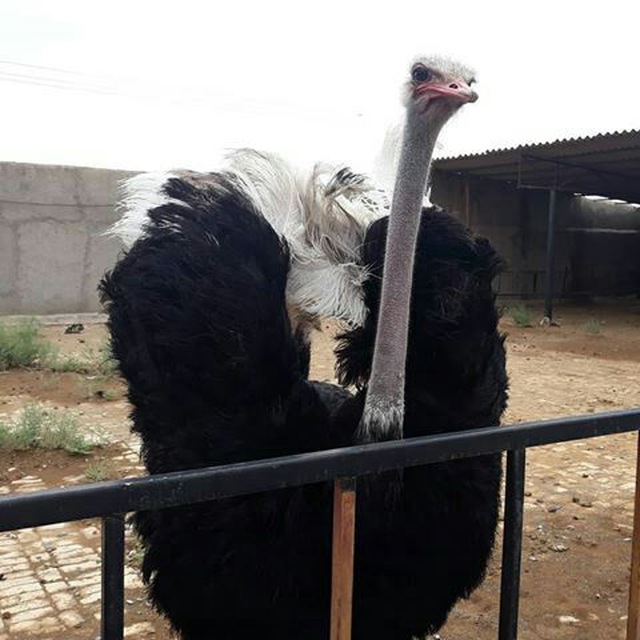According to the cases mentioned above, the number of casualties varies depending on the location of the farm and the latitude of the virus area in the total amount of benefit of the place from the sun; So that in African countries the maximum loss does not exceed 30%. While in other parts of the world, even more than 80% of deaths have been reported in chickens under the age of four months. It should be said that according to the new tests, it is concluded that the threshold of infection in ostriches is high and a large amount An infectious agent is required to cause disease in this animal. It also seems that as the age of ostriches increases, their resistance to infection with the causative agent of this disease increases. In general, the most important cause of infection, in addition to being close to poultry breeding centers, is the careful transfer of sick or infected ostriches. It is from one farm to another farm or from one region to another that plays the main role in the spread of the disease. In some sources, vertical transmission (from infected mother to chickens) is also mentioned as one of the ways of transmission of Newcastle disease. clinical symptoms
The first symptom (which is common to most diseases) is decreased appetite and general weakness, followed by meningitis symptoms. encephalitis and other symptoms such as tilting of the head, neck muscle tics, involuntary head pulling back and intermittent movements of the third eyelid. In this disease, respiratory symptoms such as shortness of breath (respiratory distress) along with neurological symptoms such as twisting and uncontrollable movements of the neck, bending Cervical neck and finally the inability to hold the head and as a result it falls on the ground, lameness, inability to stand, muscle cramps, paralysis, looseness and tilting of the tip, and edema are observed, which are similar to the symptoms of the Beach form of the disease in chickens. Their condition is dire, they often die after 3-4 days.
Autopsy symptoms
In the respiratory system, symptoms similar to pneumonia can be observed with bleeding in the mucous membrane of the trachea. In the digestive system, swelling of the liver, inflammation and bleeding in the intestine, bleeding at the tips of the glandular protrusions in the pre-stomach secretory area, multilayering of the internal membrane of the gall bladder (quiline) are among the effects of this disease. In the cardiovascular system, bleeding spots. Large on the pericardium and coronary groove, as well as spot bleeding on the pericardial fat. In examining the carcasses of ostriches that died due to fighting with this disease. No typical pathological and histopathological lesions were observed.
This post is written by Mohammadkhojandy
